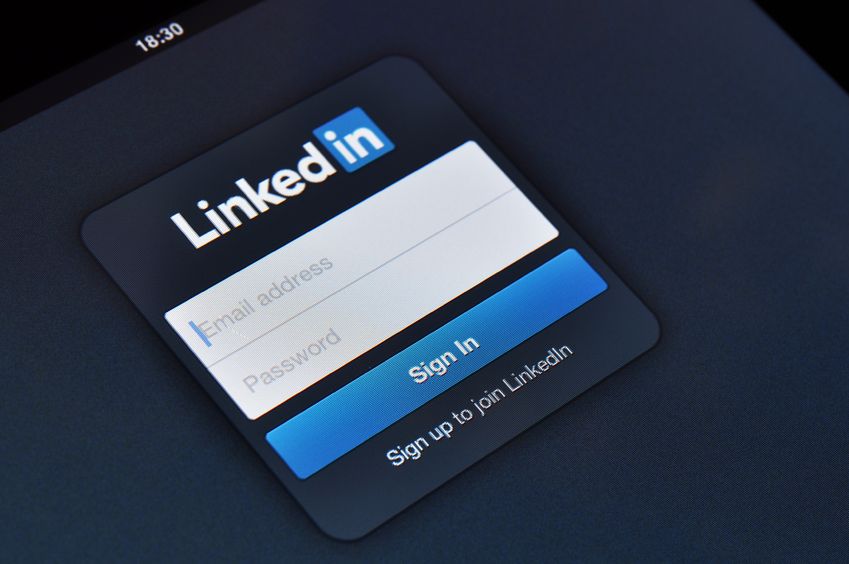
Each social-media platform has its own real-life equivalent. Twitter is like the communal water cooler, where everyone sounds off on current events. Facebook is typically a friends-and-family gathering, where oversharing is expected. And LinkedIn, says Tammy Clark, a brand and marketing consultant in Toronto, is akin to a cocktail party.
LinkedIn is its own beast among social media platforms. Its users follow a more businesslike decorum than on Facebook and Twitter. From the level of disclosure about your personal life to how to initiate an invitation to connect, LinkedIn’s unwritten rules of behavior are more formal.
“[On LinkedIn], you want to get to know a person, develop a relationship and see what comes from that,” Clark says.
Clark shares the following best practices to help you connect with more prospective clients on LinkedIn:
> Use invitations discriminately
Invitations are an effective tool for making connections with other LinkedIn users. But invitations that seem to come out of nowhere, without personalized messages, are likely to be dismissed or ignored. And sending out a form letter or LinkedIn’s prewritten note to initiate contact is not going to get the desired response.
Instead, start perusing the “people you may know” section to connect with friends, acquaintances and colleagues. They’re your entry point to a “warm” introduction. Through these connections, you can ask to be introduced to people outside your immediate circle.
Don’t send an invitation “with the mindset of selling something to somebody,” Clark says. Always seek to add something of value. For example, if you’ve discovered that a mutual connection follows an issue you’re also interested in, Clark says, send an article of interest.
> Update key information
Some of LinkedIn’s most underutilized features can be leveraged easily, Clark says. For example, many LinkedIn users neglect to customize the professional headline field, which automatically shows your current job title.
But you can add a more compelling description, using up to 120 characters. So, Clark says, think strategically about what to write. Reveal what makes you distinct. Keep it concise and, above all, avoid cringe-worthy titles promoting yourself as a “visionary” or “wizard.”
Another feature that you should remember to update is the contact information section, Clark says, which allows you to add your email address and three links. For example, you can share an article you’ve written, or link to your client workshop webpage.
> Use “advanced search”
With LinkedIn’s “advanced search” function, you can identify prospective clients by industry, title, company and location, Clark says. It will help you build a list of prospects you can work toward engaging.
For example, if you specialize in working with medical doctors and are planning workshop tailored to that client segment, you could invite other doctors with mutual connections.
> Check in daily
It takes consistent effort to remain visible to your network. Clark suggests setting aside at least 10 minutes a day to accomplish three simple tasks: note status updates; look to connect with someone tied to your network; and comment on someone else’s post.
Comments on other people’s posts are valuable because they get broadcast on their network’s newsfeed, she says. There’s a chance that that person’s connections might take notice of you, especially if you offer a valuable insight.
Photo copyright: tashka2000/123RF